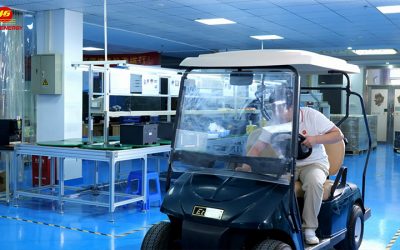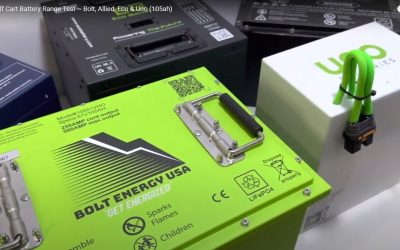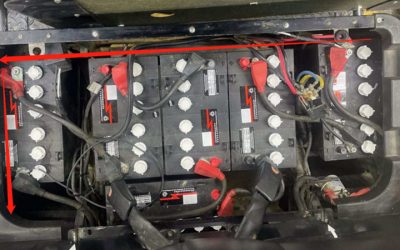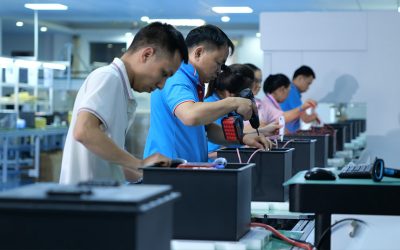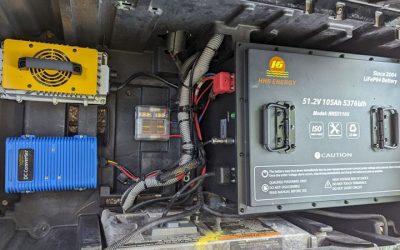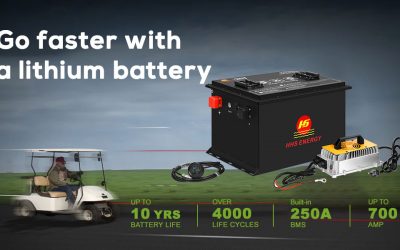The Biggest Challenge of Lithium Batteries: A Comparative Analysis Across Different Types
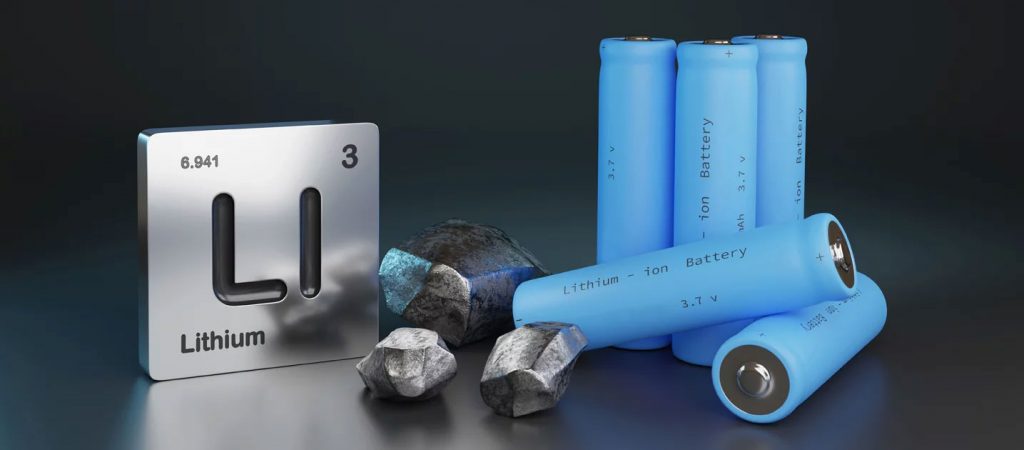
The Biggest Challenge of Lithium Batteries: A Comparative Analysis Across Different Types
1. Lithium-ion (Li-ion) Batteries
Overview:
Lithium-ion batteries are widely used due to their high energy density and moderate cost, making them suitable for portable electronics and electric vehicles.
Primary Applications:
- Consumer Electronics: Smartphones, laptops, tablets, and other portable gadgets.
- Electric Vehicles (EVs): Common in electric cars for high energy density.
- Renewable Energy Storage: Used in solar and wind storage systems.
Key Challenges:
- Safety Risks: Thermal runaway can lead to fires.
- Environmental Concerns: Cobalt and lithium mining have environmental impacts.
2. Lithium Iron Phosphate (LiFePO4) Batteries
Overview:
Known for their excellent safety and long lifespan, LiFePO4 batteries are widely used in applications requiring stability and high cycle life.
Primary Applications:
- Electric Vehicles: Particularly popular for EVs in China and heavy-duty electric vehicles.
- Energy Storage Systems (ESS): Solar power storage, grid storage, and backup power systems.
- Golf Carts, RVs, and Marine: Ideal for recreational vehicles and marine use due to their safety and longevity.
Key Challenges:
- Lower Energy Density: Bulky and heavy, limiting use in small devices.
- Higher Cost: Generally more expensive than lead-acid batteries.
3. Lithium Polymer (LiPo) Batteries
Overview:
Lithium Polymer batteries are valued for their flexible design and high power output, often used in compact, high-performance applications.
Primary Applications:
- Drones and RC Models: Provides high power-to-weight ratio needed for drones and model vehicles.
- Portable Electronics: Some smartphones, tablets, and ultrathin laptops.
- Wearable Devices: Flexible design is ideal for wearables like smartwatches.
Key Challenges:
- Safety: Prone to swelling and fires if damaged.
- Shorter Lifespan: Limited cycle life compared to other types.
4. Sodium-ion (Na-ion) Batteries
Overview:
Sodium-ion batteries are still in the developmental stage but are promising for large-scale energy storage due to the abundance and low cost of sodium.
Primary Applications:
- Grid Energy Storage: Potential for large-scale renewable energy storage solutions.
- Industrial Storage: Backup power and other large-scale storage needs where size is less critical.
Key Challenges:
- Lower Energy Density: Bulkier and heavier than lithium-ion, limiting use in mobile applications.
- Developmental Limitations: Currently lacks commercial-scale production.
5. Lithium Titanate (LTO) Batteries
Overview:
Lithium Titanate batteries offer exceptional safety, long life, and fast charging but have lower energy density. They are used in high-cycle applications requiring reliability and rapid recharging.
Primary Applications:
- Electric Buses and Commercial Vehicles: Used in applications requiring frequent charging and longevity.
- Grid Storage: Suitable for renewable energy storage, especially where fast charge/discharge cycles are needed.
- Uninterruptible Power Supply (UPS): Ideal for backup systems due to quick recharge and long cycle life.
Key Challenges:
- Low Energy Density: Bulky and heavy, which restricts their use in portable applications.
- High Cost: Expensive to produce due to the complexity of materials.
Summary Comparison Table
| Battery Type | Energy Density | Cycle Life | Safety | Primary Applications | Key Challenges |
|---|---|---|---|---|---|
| Lithium-ion | High | 500-1,000 cycles | Moderate | Consumer electronics, EVs, storage | Thermal runaway, environmental impact |
| Lithium Iron Phosphate | Moderate | 2,000-6,000+ cycles | High | EVs, energy storage, golf carts, RVs | Bulkier size, higher initial cost |
| Lithium Polymer | High | 300-500 cycles | Low | Drones, wearables, mobile devices | Safety risks, shorter lifespan |
| Sodium-ion | Low | 2,000-5,000+ cycles | Moderate | Grid storage, industrial storage | Bulkier size, developmental stage |
| Lithium Titanate | Low | 10,000-20,000 cycles | Very High | Electric buses, UPS systems, grid storage | Low energy density, high cost |
Conclusion
Each type of battery serves different applications based on energy density, cycle life, safety, and cost.
- Lithium-ion is the go-to choice for consumer electronics and EVs but has safety and degradation issues.
- LiFePO4 is perfect for safe, long-term energy storage and EV applications but is bulkier.
- LiPo is excellent for high-power, compact applications but has safety concerns.
- Sodium-ion offers a low-cost solution for grid storage but is still in development.
- LTO is unmatched in safety and longevity, suitable for heavy-duty cycles but costly and low in energy density.
The choice of battery depends on the specific requirements of the application, balancing performance, cost, safety, and environmental considerations.
